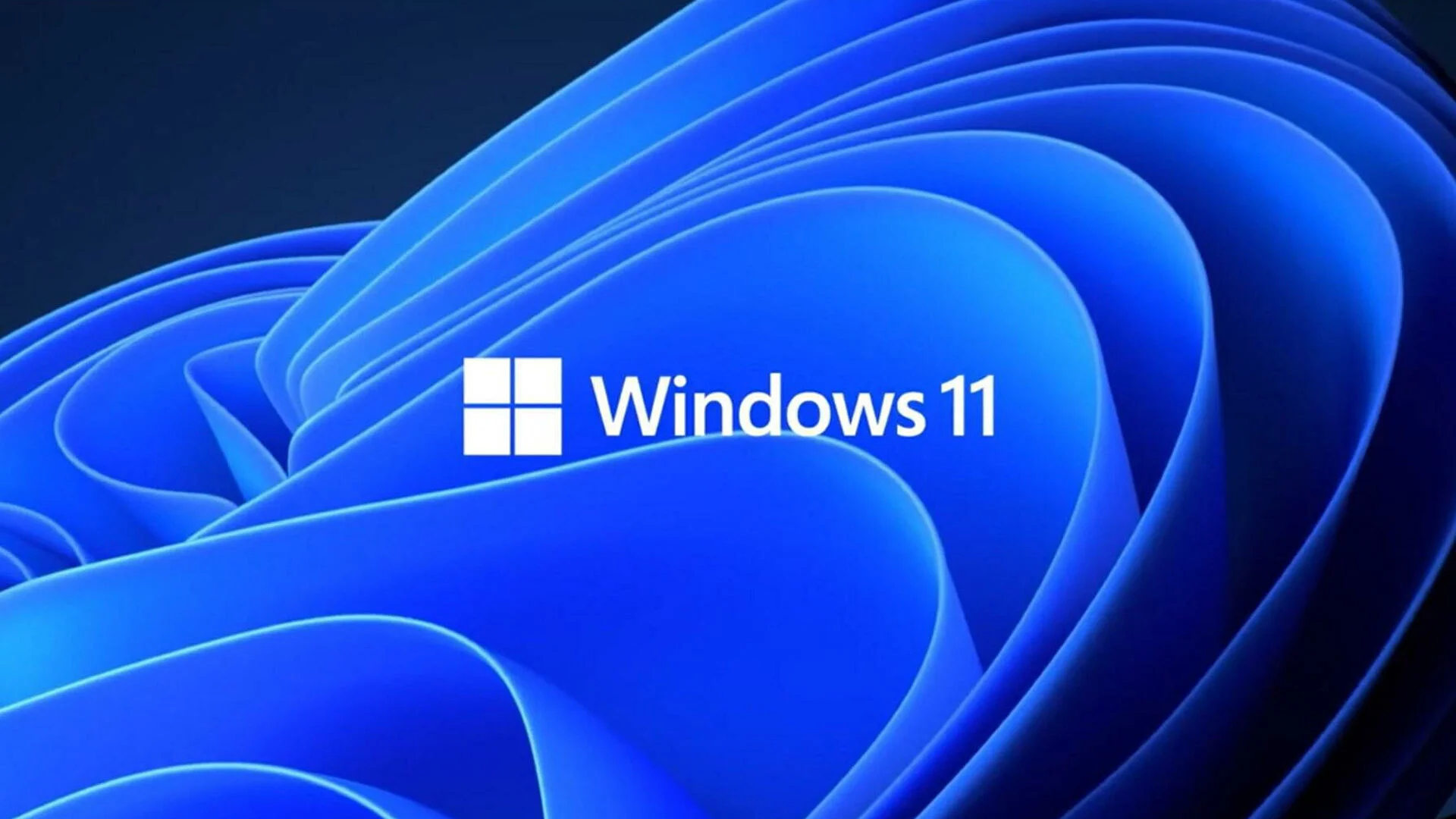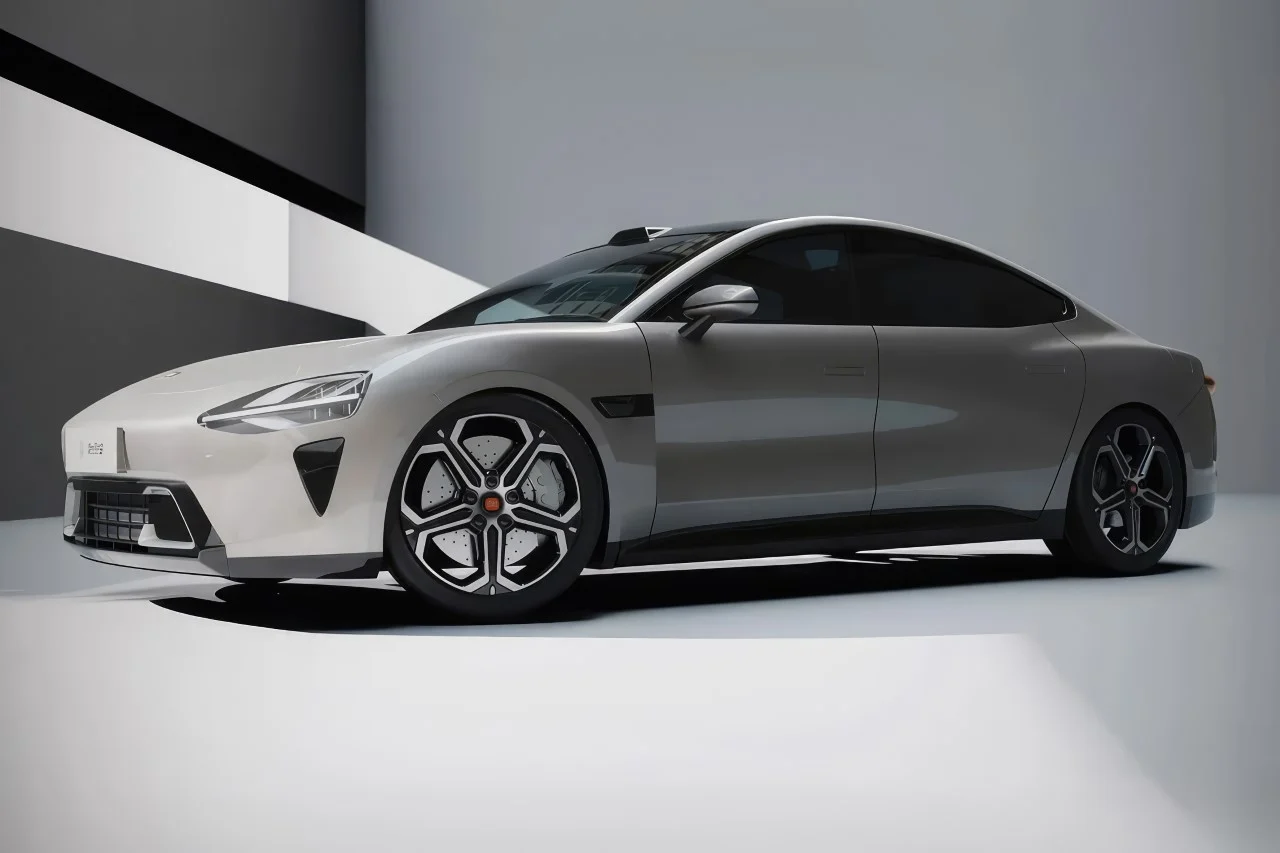Microsoft has published the system requirements for the new version of the Windows 11 IoT Enterprise LTSC 2024 operating system. Minimum specifications have been reduced compared to desktop versions of the system: the operating system will now be able to run even if they are based on older video cards. On DirectX 10 or without DirectX support, TPM and Secure support became optional rather than mandatory.
As a reminder, Windows 11 IoT Enterprise is a full-fledged version of Windows Enterprise and is focused on devices with special functions such as ATMs, payment terminals, digital advertising structures, information kiosks and industrial automation systems.
Microsoft offers two licensing channels for this operating system: General Availability Channel (GAC) and Long Term Support Channel (LTSC). The LTSC version guarantees a 10-year update cycle for devices with special features, where major changes to software functionality are unlikely.
The most noticeable difference in system requirements for Windows 11 IoT Enterprise LTSC 2024 is the significant reduction in the minimum amount of memory; This operating system will only be able to run on a system with 2 GB RAM and 16 GB permanent memory. This is significantly less than the recommended 4 and 64 GB respectively. Another important innovation is that there is no longer a need for TPM support and secure boot. These technologies are still recommended to increase security, but their absence will not prevent the installation of the operating system.
Also, for the first time, Qualcomm processors are officially supported alongside AMD, Intel and NXP chips. Previously, Windows 10 IoT Enterprise LTSC only had processors from the three latest manufacturers. Qualcomm’s support became known after Microsoft announced the release of Surface laptops based on Qualcomm Snapdragon X Elite processors.
Requirements for graphics adapters and displays have also become much lower. The operating system will now be able to work with graphics adapters that only support DirectX 10 or do not support DirectX support at all. Additionally, devices may use screens of non-standard sizes or may have no screen at all. As a reminder, Windows 11 generally requires DirectX 12 support and a 720p HD display with a diagonal of at least 9 inches.
As Tom’s Hardware writes, such a reduction in hardware requirements was made possible thanks to the features of the Windows 11 IoT Enterprise LTSC implementation. As a rule, no more than 5 applications are used at the same time on such devices, and usually only one application is used. Additionally, the LTSC version does not include desktop Windows-specific programs and security features. Since enterprise LTSC is designed for devices protected by firewalls, which usually do not have an Internet connection, they are not needed here.













